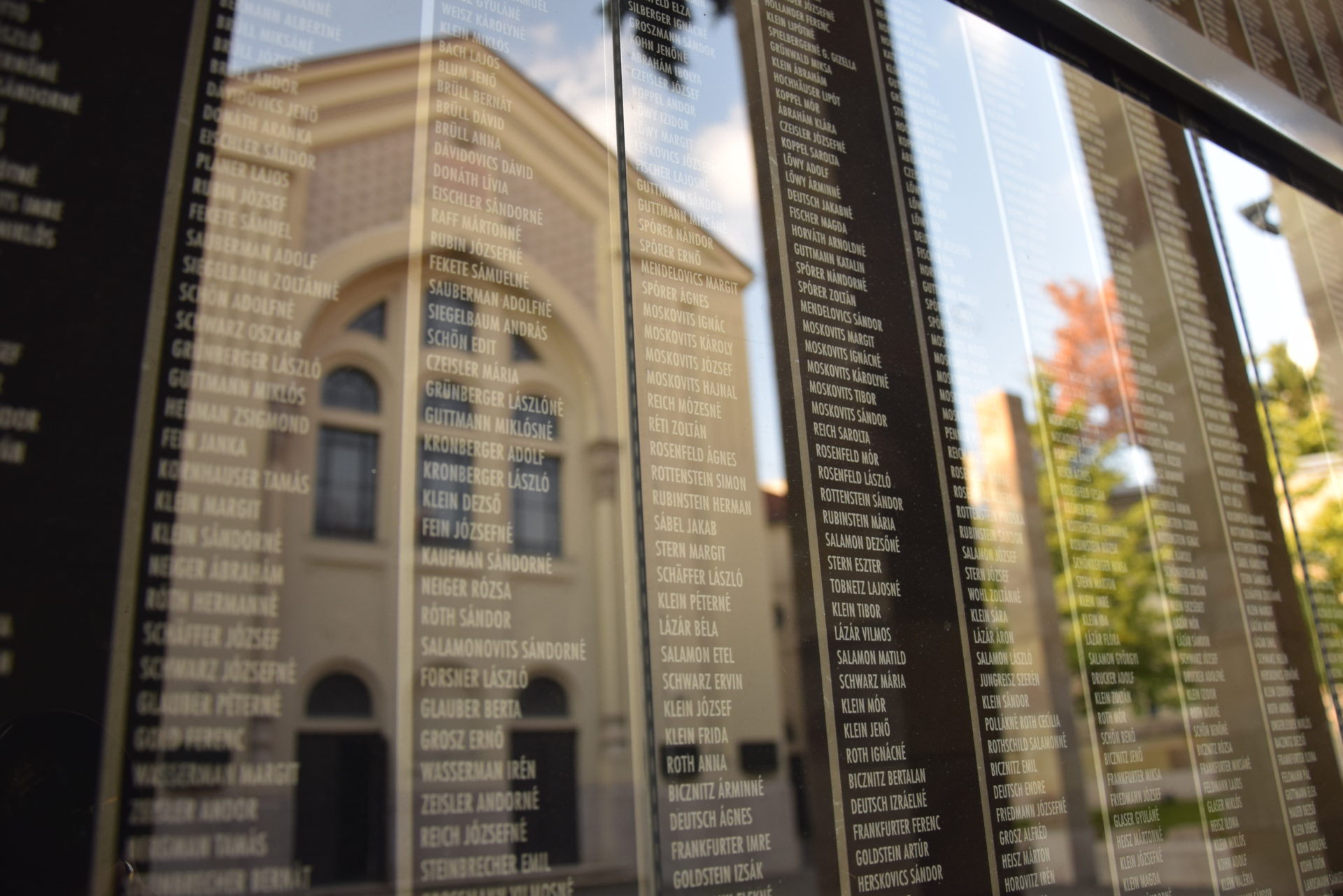
“I will give them an everlasting name that will endure forever"
(Isaiah 56)
The basis of the Names database is the published results of procedures declaring legally dead between 1945 and 1950. The declarations covered only a fragment of the actual losses and the publications were abruptly halted in 1950.
The first extension of the database occurred before the opening of the Memorial Center, by using the published list of official military (forced labor service) victims. The source for this extension was the digital version of a publication by the Institute and Museum of Military History, edited by János Bús and Péter Szabó, on researches about military losses.
At the opening of the Memorial Center, some 60 thousand names were engraved onto the Wall of Victims based on the above-mentioned two sources.
Subsequently, survey lists, similar to the data cards used by Yad Vashem, were issued to survivors, descendants and relatives of the victims. Until now, some 14,500 of filled in questionnaires have been returned to the Center.
One of the key features of the questionnaire is that the respondents have to certify with their names and contact details that the data they provide is accurate to their best knowledge. At the same time, their personal data, including their names, are not entered into the database. This means that the data base at the Center can be only approached starting from the victim and viewed from the angle of the victim. In this manner, it is assured that the Center is not and cannot deal with personal data that are protected by the Hungarian Data Protection Act.
It can be stated that this concept of gathering data has been justified in practice (at least on the territory of present-day Hungary) and based on the dead declarations and the Ministry of Defense data reliable information is available on a significant number of the victims. Relying on these sources, reports on additional victims can be processed without difficulties.
For further progress on completing the list of names of the victims two sources are available. The first one consists of the list of victims in different local communities, and the second one is the usually hastily compiled lists from the camps.